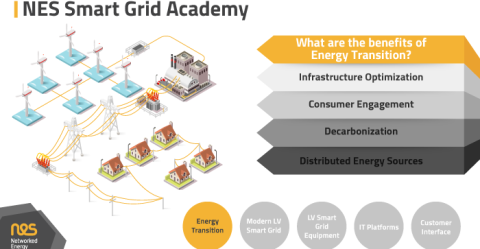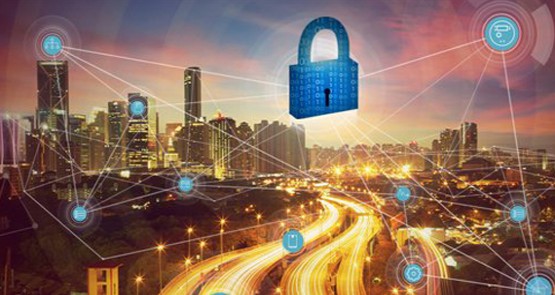
Energy Transition
Nov 06, 2023A key component of the energy transition is to build
on the foundation that some smart metering systems can provide. We are starting
to see a trend toward leveraging smart metering investments beyond core billing
applications where Advanced Metering Infrastructure (AMI) Systems can
also be utilized for:
- Load conservation
- Demand management
- Loss reduction
- Renewables and distributed generation
integration
- Low voltage network monitoring
- Phase balancing
- Transformer optimization
- Outage and restoration management
- Energy pricing and payment options
- Ability to address other energy transition
concerns
For two decades, the industry has been promoting the
smart energy. However, most utilities, due to regulation, policy, and other
business issues, have not appropriately acted and prepared for this. They are
not ready for this transition, and unfortunately, this situation does not have
a quick fix. Consumers, communities, and businesses in many countries have
invested in distributed generation and renewables, such as solar or wind
generation, but many distribution networks simply do not have the capacity
and/or intelligence to manage integration with distributed generation. As a
result, knowledge is key in driving the smart energy transition
Smart metering systems can help improve reliability
and address low-voltage network issues. While many DSOs have
installed smart meters, they implemented their system mainly for meter reading
and billing support, not to provide insight into the distribution grid. In
addition, not all smart metering systems are able to provide visibility
and intelligence about the energy flows and power quality information associated
with the distribution network.
The NES smart metering system is one solution that can
provide the needed advanced intelligence and functionality for this energy
transition. DSOs that have deployed the NES AMI System can use smart
meters as intelligent low-voltage distribution sensors providing extensive data
and statistics about energy flows and power quality data. This includes
detailed information about grid topology, power outages, equipment failures,
transformer and phase imbalances, import and export energy flows, power quality
data, and much more.
The NES System can utilize this data to
highlight trends and identify changes in the grid before they become a problem,
as well as help consumers better manage their energy use and costs. The
solution can also provide visibility of the low-voltage grid topology and
connectivity, as well as deliver measurements from within the low-voltage grid.
With the availability of information from the
low-voltage grid, NES smart grid applications can process
and analyze this information and provide timely actionable insight.
This grid visibility and information can be used by DSOs to better
prepare for the smart energy transition, as well as improve operational
processes and have a positive impact on the quality of service for their
consumers.
Author:
Larry Colton - Director of
International Business Development and Government Affairs at NES




